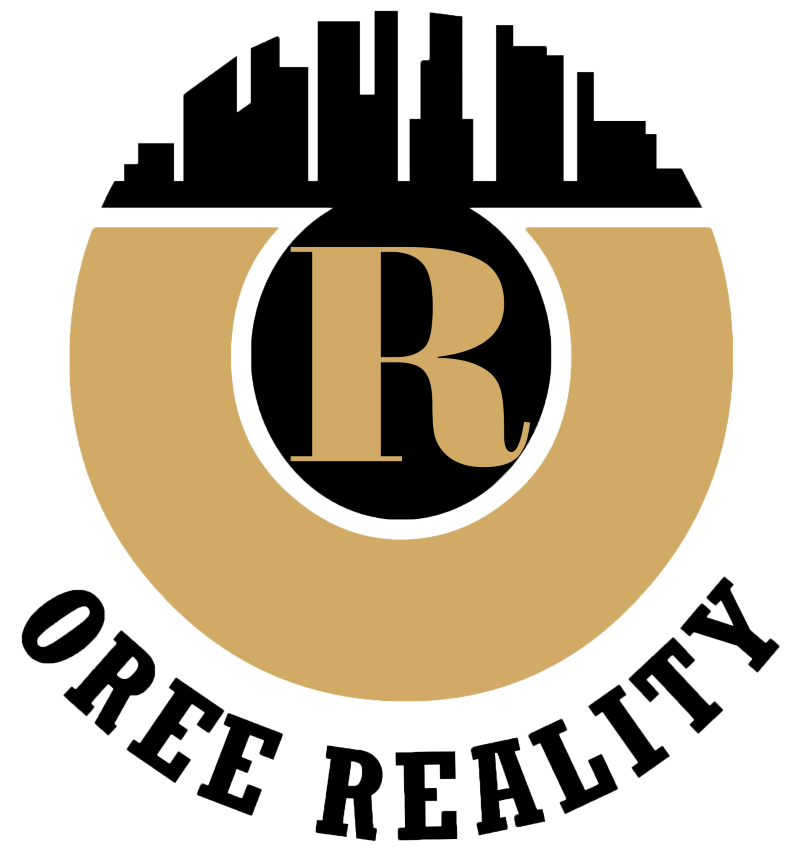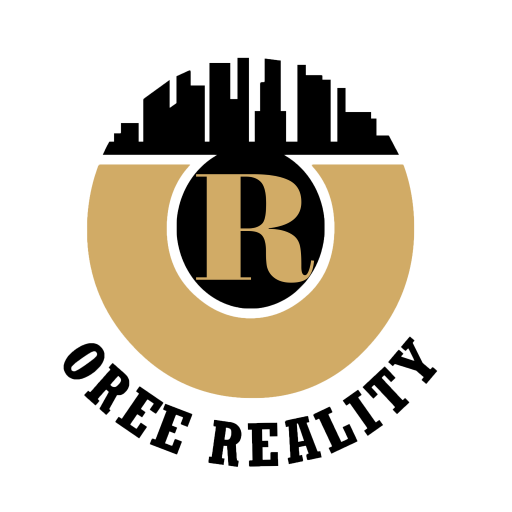Sustainable Living for Families: Features that Make Your Home Healthy and Eco-Friendly
In today’s world where environmental issues take center stage, it is important to adopt sustainable practices in our homes. This manual describes various ways one can have an eco-friendly house which also promotes good health for the family as well as planet earth itself. Starting from energy-saving designs to being mindful about what we consume; let us learn how small alterations can foster healthier living styles that are more sustainable not only for us but also for future generations. Join us while we look at these key points that differentiate homes as leaders in sustainable living.
Energy Efficient Appliances
One must have energy efficient appliances if they want to save power at home. These gadgets are manufactured in such a way that they use less electricity when performing normal duties like cooling foodstuffs cooking washing clothes among others. Families who integrate them into their systems may find themselves paying lower monthly bills due to reduced usage and this will lead to shrinking their carbon footprint saved money benefits not just nature but also encourages economic well-being within households while supporting broader principles of sustainability
Solar panels and energy for sustainable living
They use the sun’s energy to generate electricity which provides houses with a renewable and clean source of power. The installation of solar panels allows families to reduce their reliance on non-renewable energy such as fossil fuels thereby reducing greenhouse gas emissions and creating a more sustainable energy mix. Going for solar not only benefits individual homes but also contributes towards wider environmental and energy sustainability goals.
Smart Home Technology
These are made up of various gadgets that can be used for controlling lighting, heating, cooling, or security within homes among other things. Using sensors, timers as well as remote controls; smart home technology helps save on power usage while improving convenience and overall efficiency of the house at large. Interlocking these smart appliances does not only simplify daily chores but also encourages eco-friendly practices through waste reduction in terms of power consumption within households thus promoting resourcefulness in homes.
Green Building Materials
Green materials for constructing a building are intended to lessen environmental impact and improve indoor health by presenting substitutes to traditional construction equipment; such as reused, recycled or sustainable woods among other non-toxic paints, gums, adhesives and sealants. These supplies if incorporated into housing development decrease garbage production while conserving trees thus preventing deforestation. Green building practices help in the creation of healthier indoor spaces particularly for families thereby reducing risks of diseases caused by living in unclean and unhealthy environment with poor hygiene.
Water Conservation Features
They are important parts of sustainable living because they help families save water and preserve fresh water. These include toilets, taps, and showerheads which use low flow rates and thus save a lot of water without affecting their performance considerably. Moreover, rainwater harvesting systems trap rainwater for use outdoors thereby lowering reliance on public supplies. Families can cut down their water bills by adopting these technologies that save water but also contribute greatly towards ensuring sustainable utilization of this vital resource for future generations.
Natural Light and Ventilation
Healthiness, coziness as well as energy efficiency in homes cannot be achieved without natural light and ventilation. The more you expose your house to the sun during daytime hours while allowing air currents through it; the less need there is for artificial lighting at night plus mechanical cooling during hot seasons which consequently reduces power consumption besides improving indoor air quality. Besides promoting personal health; windows, skylights together with ventilating systems incorporated in residential buildings also help reduce environmental degradation caused by conventional methods used in illuminating houses as well as heating them up or cooling them down throughout different climatic conditions.
Outdoor Spaces for Sustainable Living
Outdoor areas give families an opportunity to connect with nature, grow plants and take part in sustainable living recreational activities. These places are known as green roofs, community gardens, and permeable paving which help boost biological diversity, control storm water runoff, and create lively ecological communities. Residential developments should be designed with open-air sections because they not only make life more enjoyable for families but also allow them to relate more deeply with the environment thereby laying foundation for sustainability in future generations.
Community Amenities
In sustainable neighborhoods, many facilities are meant to encourage people to live a greener lifestyle while at the same time improving their overall quality of life. Some of these include bike-sharing programs; expansive parks and recreational spaces pedestrian friendly walkways among others. Families may choose to use environmentally friendly means of transport; involve themselves in outdoor leisure activities or participate actively in various community events all of which will enable them to lower pollution levels as well as develop strong kinship ties among themselves thus caring greatly about environmental conservation efforts around them
Certifications and Standards
Certifications like ENERGY STAR or LEED act as guarantees that communities have adopted sustainable living methods and saved resources hence ensuring well-being for occupants as well as fostering environmental consciousness. Communities become more lively when they provide green areas plus paths that enable people to meet easily while using public transport systems that are accessible universally due to this fact cities must meet higher levels of sustainability through such certifications. This will encourage residents’ sense of ownership towards their neighborhoods where they live today together with those yet unborn tomorrow who should also find them habitable places.
Conclusion:
The conclusion is that living a healthy life in eco-friendly houses means more than just reducing our carbon footprint; it implies creating an environment that will benefit us and the other generations. At Oree Reality, we are of the opinion that buying a house should not be seen as acquiring property alone; rather, it should be considered as investing towards improving the health of one’s family as well as safeguarding the global ecology. Our goal is to construct sustainable houses so as to create a better and greener future for all. Come see for yourself what sustainable living looks like at Oree Reality where each decision counts towards building tomorrow’s sustainability.






